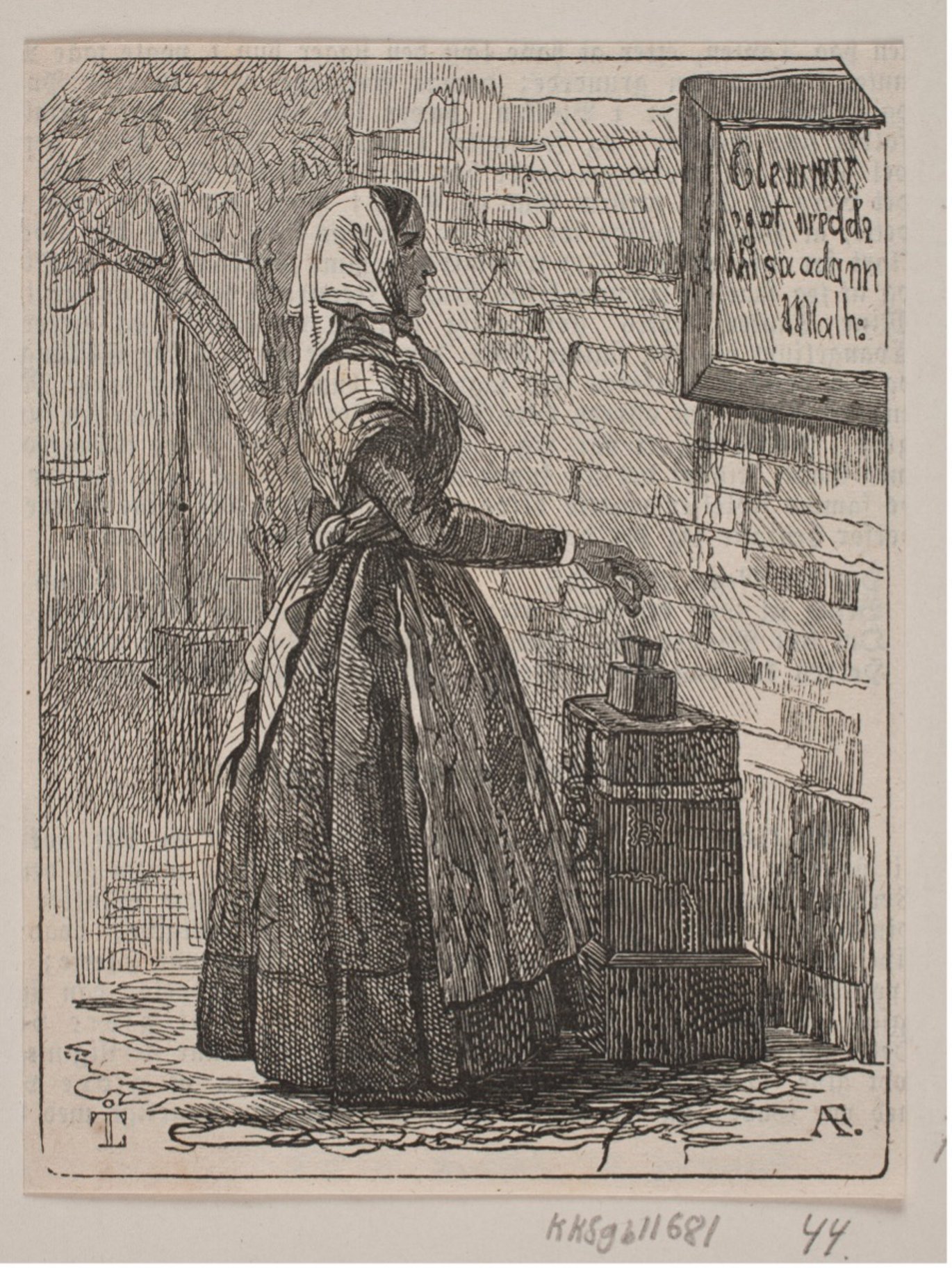Viewing poor relief in a different light and reaching new insights to our understanding of the early modern Danish state
Did the Reformation or religion have any impact on poor relief in Denmark? If yes, in which way? This is a tricky, and old, question. New research has sought to approach the question from new angles, considering contemporary religious worldviews to study how poor relief has been conceptualized as a Christian practice in law between 1520-1740. This has made it possible to show that, after the Reformation, poor relief was in fact not a grim new state responsibility that solely concentrated on criminalizing begging. Rather, taking care of the poor and needy, while making sure all subjects had the opportunity to do good for their poor neighbor, was defined as a central Christian and kingly responsibility in the new Lutheran Kingdom.

Changing understandings of poor relief
Before the Reformation began stirring in Denmark, it was a widespread belief that almsgiving should be undertaken for the salvation of the giver. Giving alms to the poor and needy, to schoolchildren, churches, convents and monks was a common part of the Christian way of life defined in Scripture. Poor relief remained a central Christian practice after the Reformation, but to those who followed the new evangelical understanding of Christianity, it was conceived differently. In Denmark, this change finds expression in the heated literary debate between leading members of the Roman Catholic Church in Denmark and evangelical preachers who began reforming Danish cities between approximately 1527 and 1531. While the stance of the first group, expressed through the writings of Paulus Helie and the reform ideas of King Christian II, may have wanted to change the status quo, poor relief was still conceptualized as a tool by which humans could affect God to work for their salvation. The latter group, however, perceived faith, good works, and salvation differently. In their view, the good deed of poor relief could never affect God, but it was a clear expression of faith in God and trust in his mercy. For the evangelicals, poor relief was a natural – and expected – display of faith, as God had commanded humans to live by the laws of neighborly love.
A kingly and Christian responsibility of neighborly love
With the Reformation and the victory of King Christian III in 1536, the evangelical understanding of poor relief also found favor among the new rulers. In the beginning, many things changed legally, if not practically. While it was clearly the Evangelical-Lutheran understanding of Christianity that came to define the Danish reformation of church and state, many of the thoughts and ideas behind poor relief reform stated by the early evangelical preachers in Denmark before 1536, lived on in the new laws on poor relief. As the church vanished as an autonomous institution in Denmark in 1536, the king took full responsibility for the poor and their care as part of his new responsibility for religious affairs. This is visible in the Danish Church Ordinance of 1537/39, which describes it as the king’s responsibility to protect and further Christian faith and God’s order in the world – specifying poor relief as a central Christian practice to be protected and furthered. This meant that the king and his government now carried the responsibility to ensure poor relief and neighborly love. King Christian III prepared the basic outline of a new poor relief system that would ensure that the poor were cared for in body and soul, as well as make it possible for all subjects to act on their duty to show neighborly love out of faith by giving alms to the local poor.
Social responsibility generated state development
It is safe to conclude that the Reformation and a changed understanding of Christianity did have an impact on poor relief reform. The new Lutheran Kingdom took on a social responsibility, which developed and expanded over the centuries. While poor relief became a matter of the worldly state, it simultaneously remained a Christian matter managed by the state in several subsequent laws and institutions, thus defining and evolving the Christian responsibility towards the poor. Early modern poor relief was a question of taking social responsibility to care for the needy and poor through bodily and spiritual care. This is visible in the long series of laws that followed on matters of poor relief, begging, vagrancy and education, to name a few, but also in official institutions such as hospitals, children’s houses, and different workhouses.
In the 18th century, the poor relief authorities carried out a diverse form of social responsibility that might seem foreign to modern eyes. They carried out the king’s responsibility to provide the poor with the necessities of life, while also making sure the poor went to church, that poor children received basic schooling and that any unruly, unchristian, poor person was punished for their sins and re-educated in a true Christian life of worship and work.
Viewing developments in poor relief from a religious perspective has highlighted that the early modern Danish state carried out a Christian responsibility, which developed in more and more detailed administrative structures to deal with the care of the body and soul of the poor. Source: PhD thesis: “Forsorg for de fattige. Fattigforsorg i lyset af en religiøs forståelseshorisont, Danmark 1522-1739” by Maria Nørby Pedersen (not published yet, please contact author).
